Your cart is currently empty!
Tag: CannabisCultivation
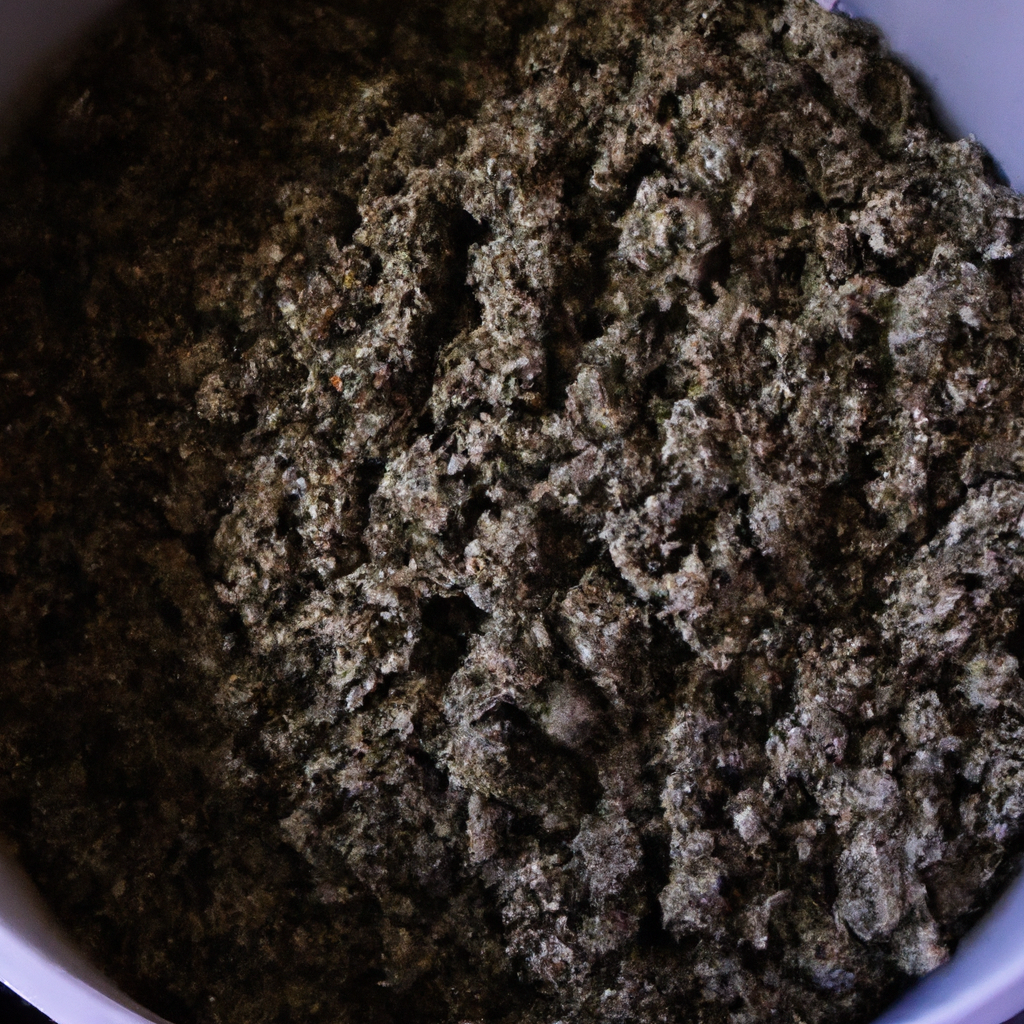
In the pursuit of optimal cannabis growth, fermentation offers a natural, cost-effective way to create nutrient-rich fertilizers from organic waste. This ancient practice not only reduces waste but also enhances soil health and promotes the growth of healthy cannabis plants by increasing beneficial microbial activity. By gathering kitchen scraps like fruit peels, setting up a…

Embracing organic cannabis cultivation is a commitment to creating a sustainable and healthier future. By utilizing natural fertilizers like compost and fish emulsion, cultivators enhance soil health while fostering a robust garden ecosystem. Integrated Pest Management techniques, including companion planting and the use of beneficial insects, offer effective, eco-friendly pest solutions. Adopting sustainable practices such…
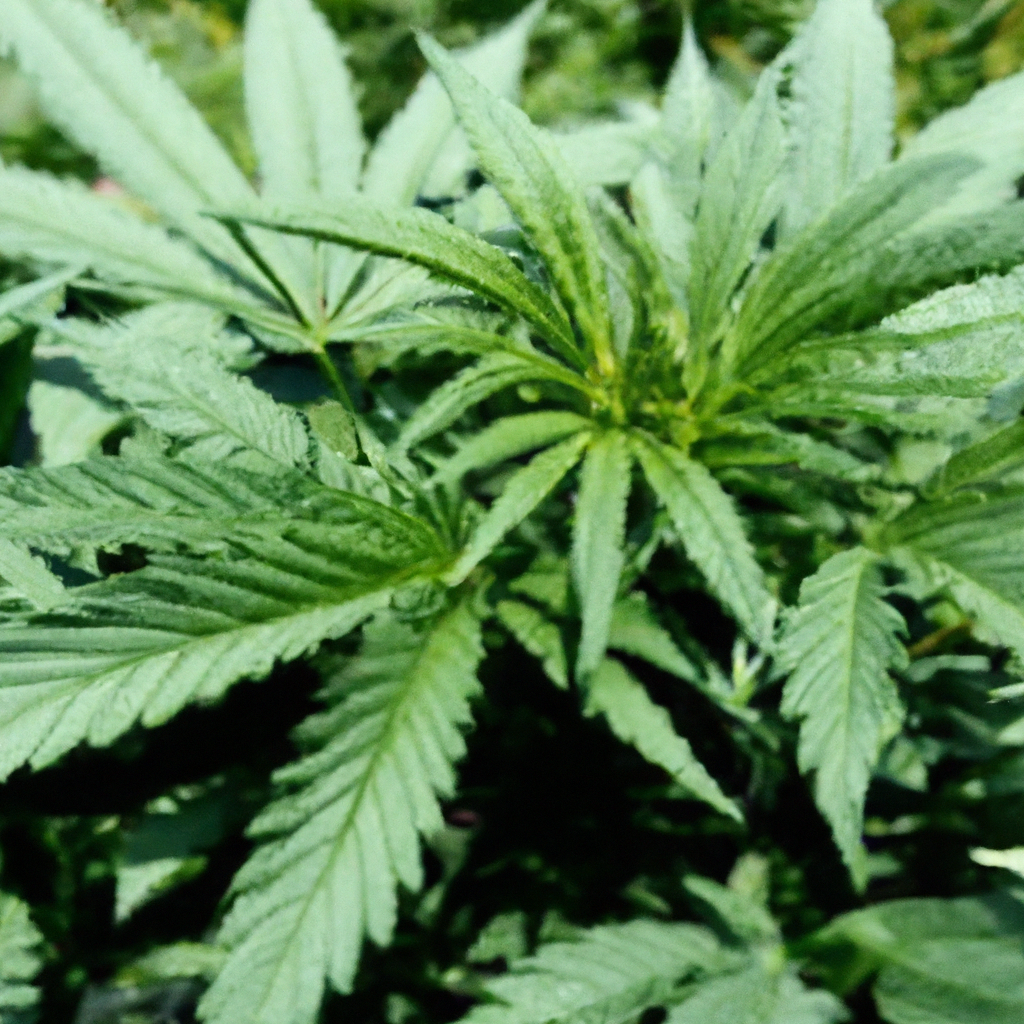
Organic cannabis cultivation focuses on eco-friendly methods using natural fertilizers, effective composting, and sustainable pest control to improve plant quality and environmental impact. Organic fertilizers like bone meal, bat guano, and fish emulsion enhance soil fertility, while composting creates a nutrient-rich growing medium. Eco-friendly pest control, including companion planting and beneficial insects, protects plants without…
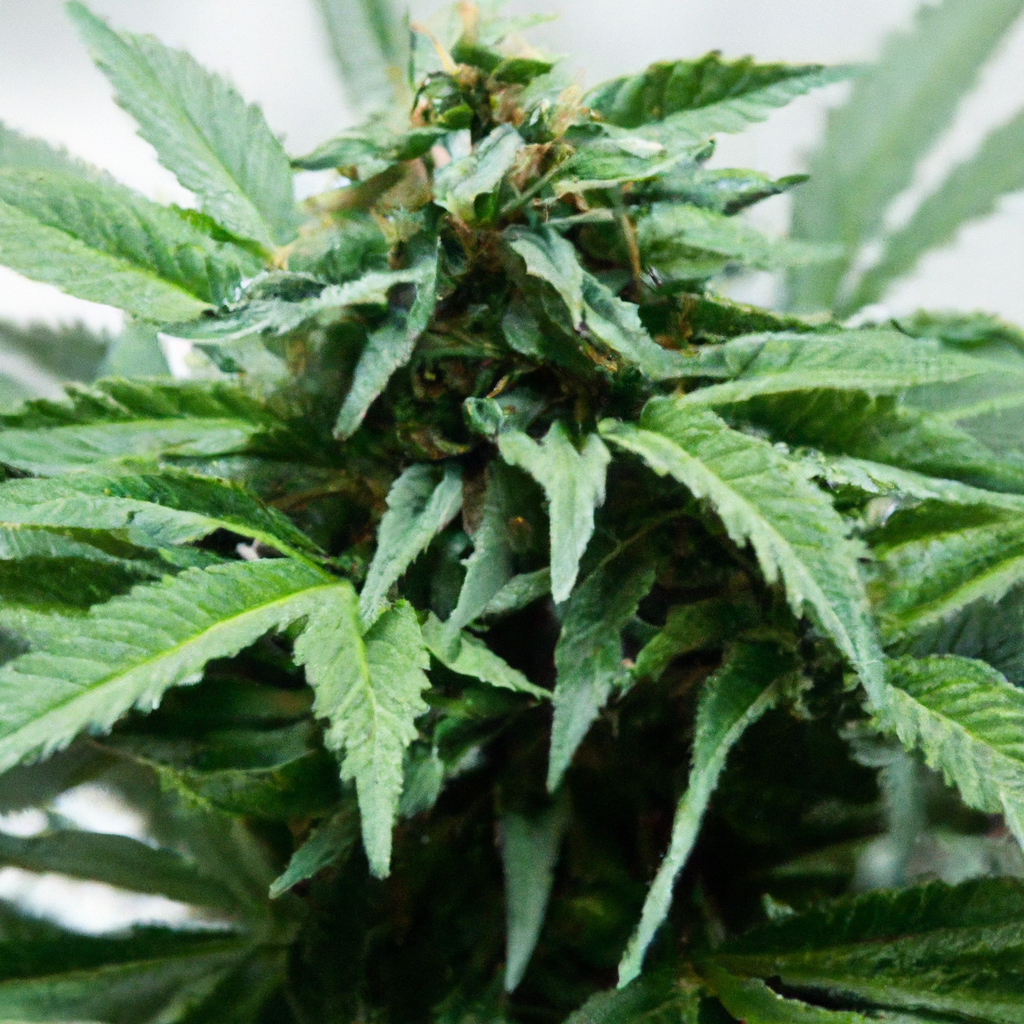
Growing cannabis indoors allows for complete control over environmental factors, potentially leading to higher yields and improved quality. Key strategies for successful cultivation include choosing strains suited for indoor growth, optimizing lighting conditions with LED lights, and maintaining ideal temperature and humidity levels. Implementing plant training techniques such as Low-Stress Training and the Screen of…
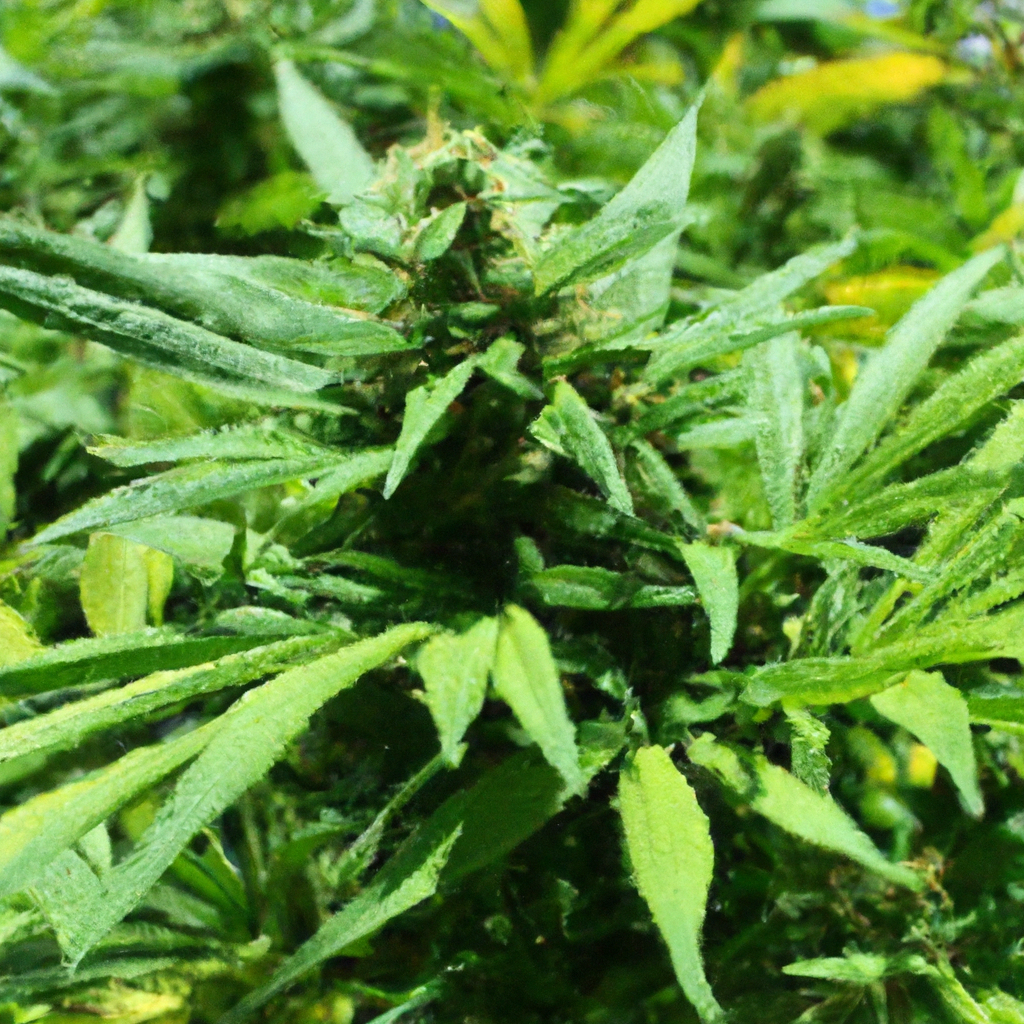
Explore essential practices for sustainable organic cannabis cultivation, emphasizing the environmental and consumer benefits of natural methods. Start with building a vibrant soil ecosystem using compost, beneficial microbes, and cover crops. Opt for natural fertilizers like animal manures and seaweed extracts to maintain the integrity of your crop. Implement eco-friendly pest management with companion planting,…
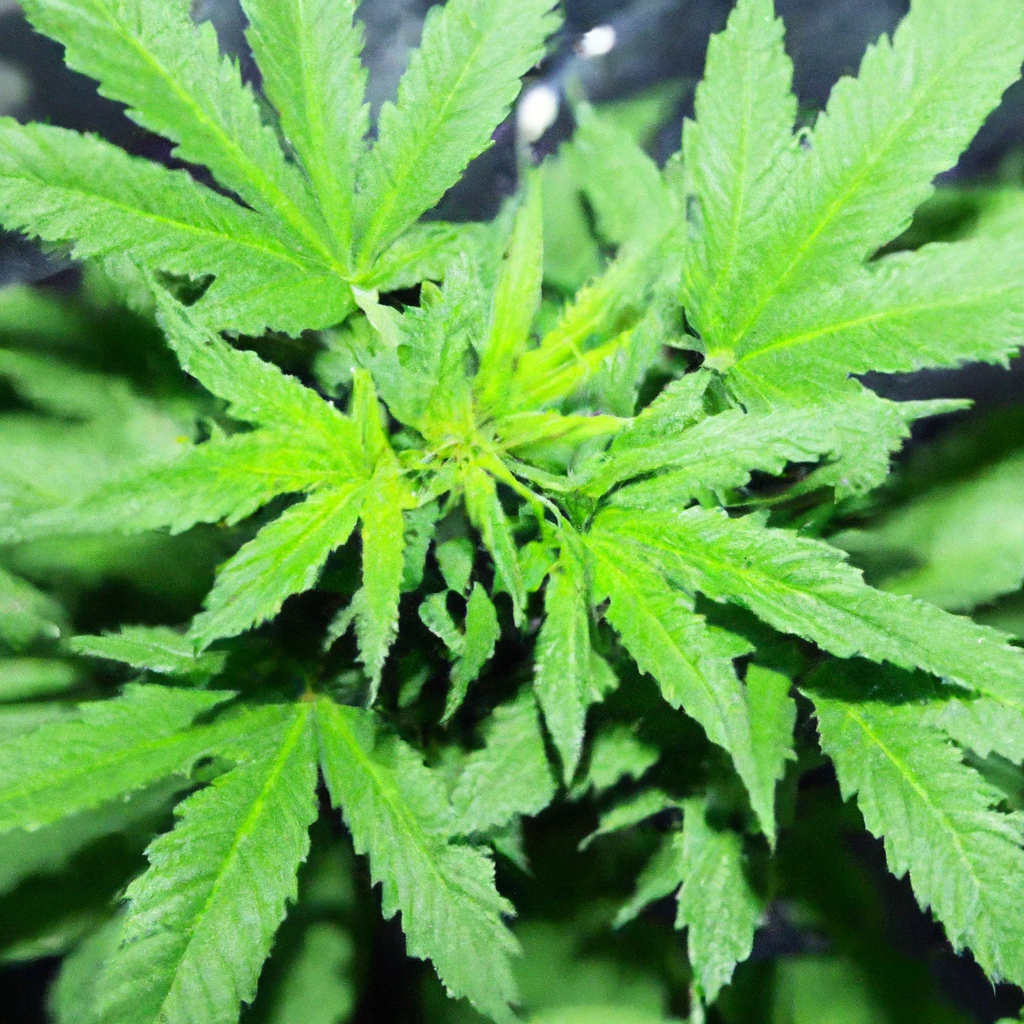
Growing cannabis successfully hinges on mastering pH and nutrient management, essential for plant health. Cannabis prefers slightly acidic conditions, with soil pH between 6.0 and 6.8 and hydroponics between 5.5 and 6.5. Regular pH testing and adjustment prevent nutrient lockout. Key nutrients include N-P-K, calcium, magnesium, and micronutrients, with changes needed at each growth stage.…

Watermelon Kush is an indica-dominant hybrid cannabis strain known for its sweet, fruity aroma reminiscent of fresh watermelon. With a complex, somewhat mysterious genetic background, it offers vibrant green buds with hints of purple and a frosty layer of trichomes. Ideal for evening relaxation, it delivers a strong body high that eases tension and promotes…
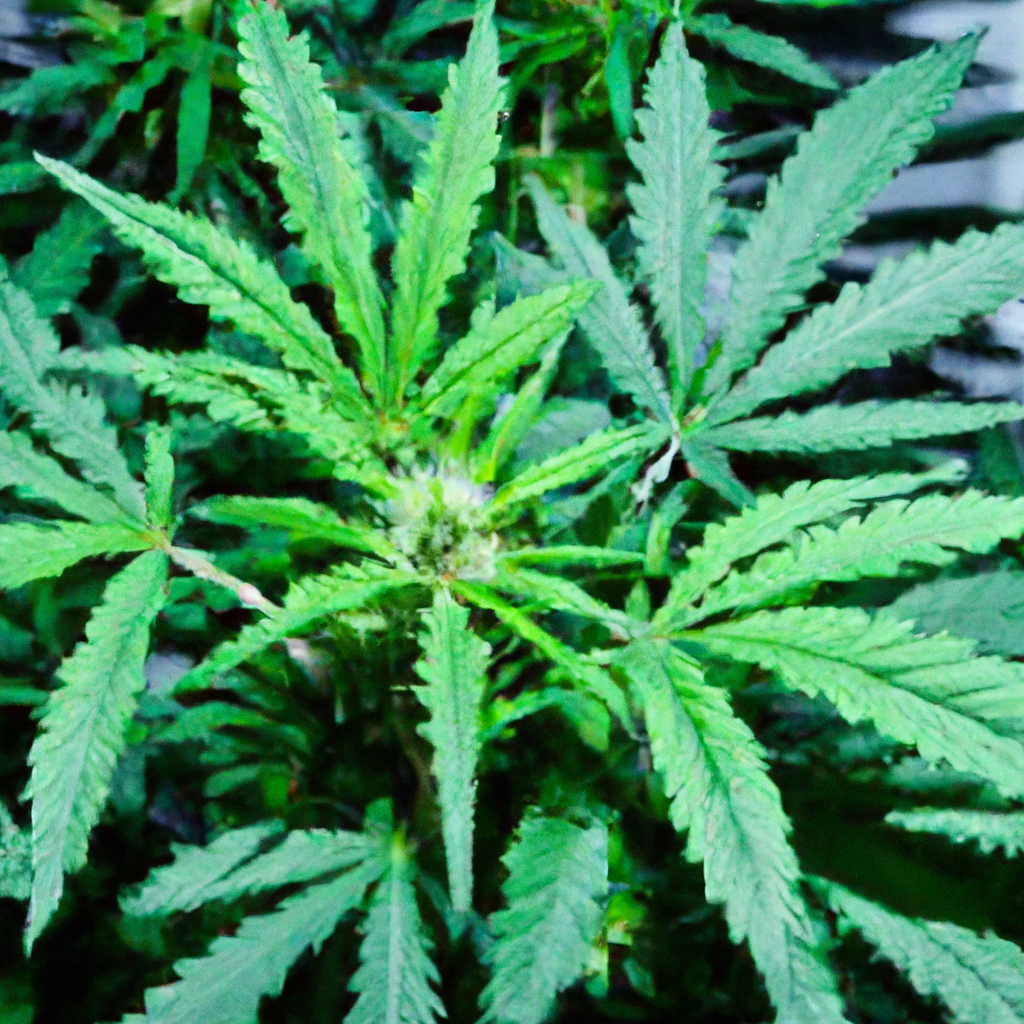
Explore essential techniques for successful indoor cannabis cultivation, focusing on key aspects like light management, climate control, and soil health. Efficient LED lighting and strategic light cycles are crucial, while maintaining optimal temperature and humidity is vital for plant health. Ensure healthy soil through nutrient management and aeration, and employ integrated pest management strategies to…

In today’s cannabis industry, organic cultivation is a key approach for ensuring quality and sustainability. This method prioritizes healthy soil ecosystems through practices like composting and utilizing cover crops. Natural fertilizers such as bone meal and kelp meal are essential for chemical-free growth. Sustainable pest management includes companion planting and using beneficial insects. Organic cannabis…
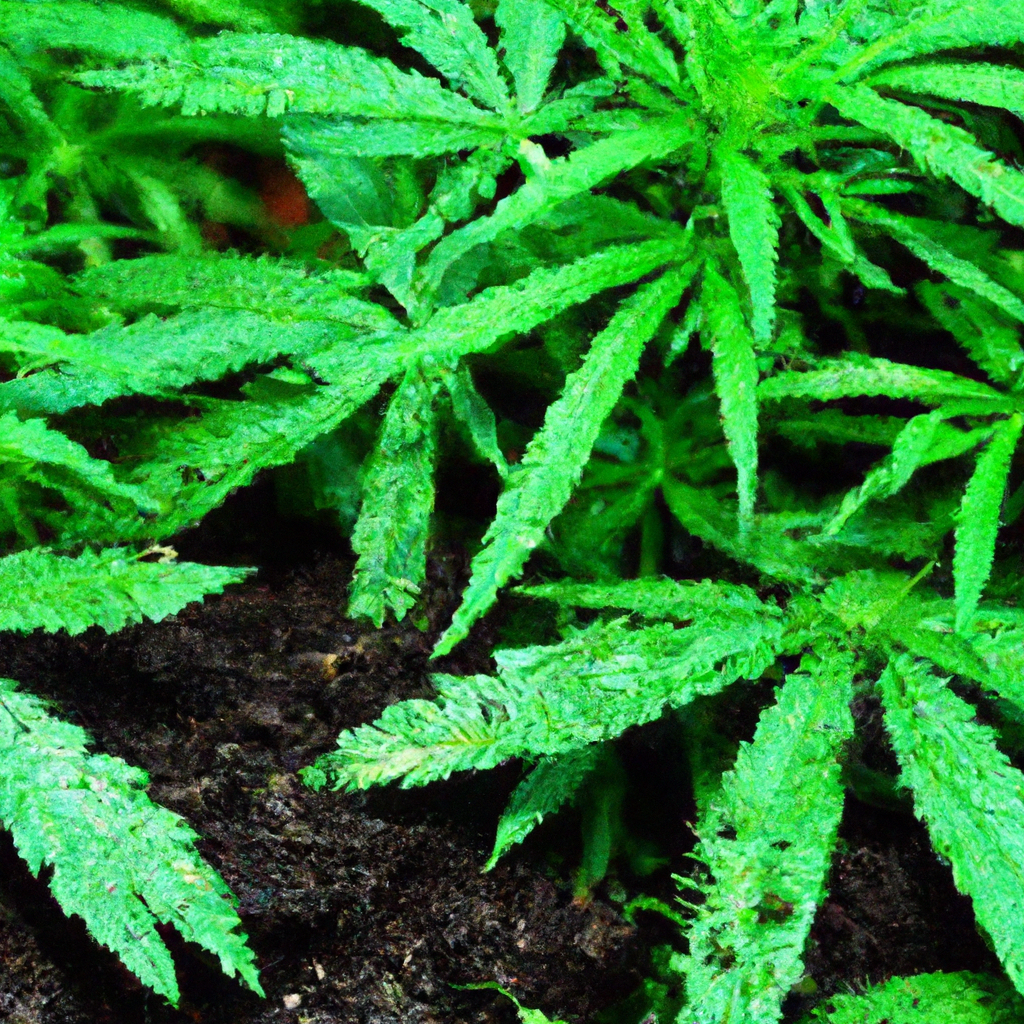
Successful cannabis cultivation relies heavily on effective soil management. By preparing and balancing soil texture, pH, and incorporating organic matter, growers can optimize conditions for cannabis growth. Employing dynamic strategies like cover cropping, introducing beneficial microbes, and using compost tea enhances soil fertility and health. Advanced aeration techniques ensure roots receive adequate oxygen, while regular…
